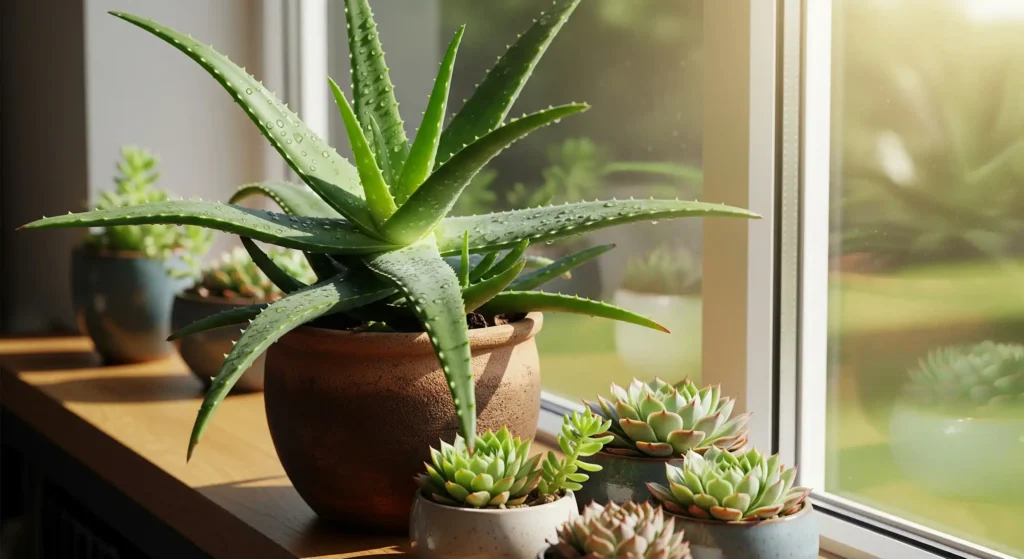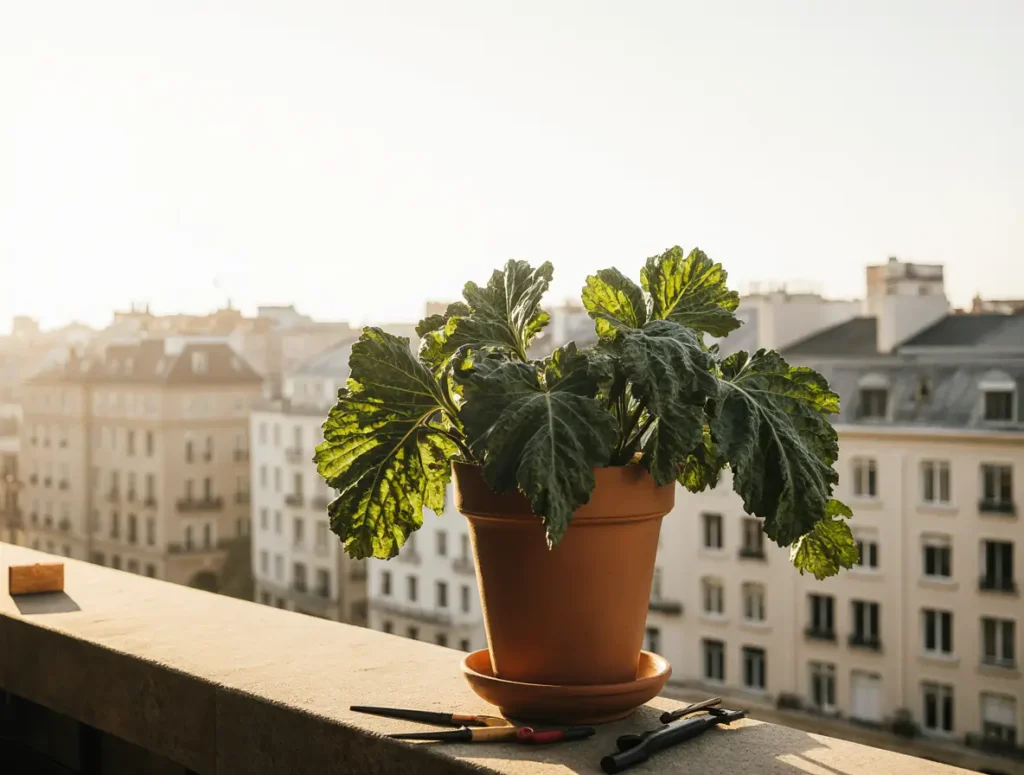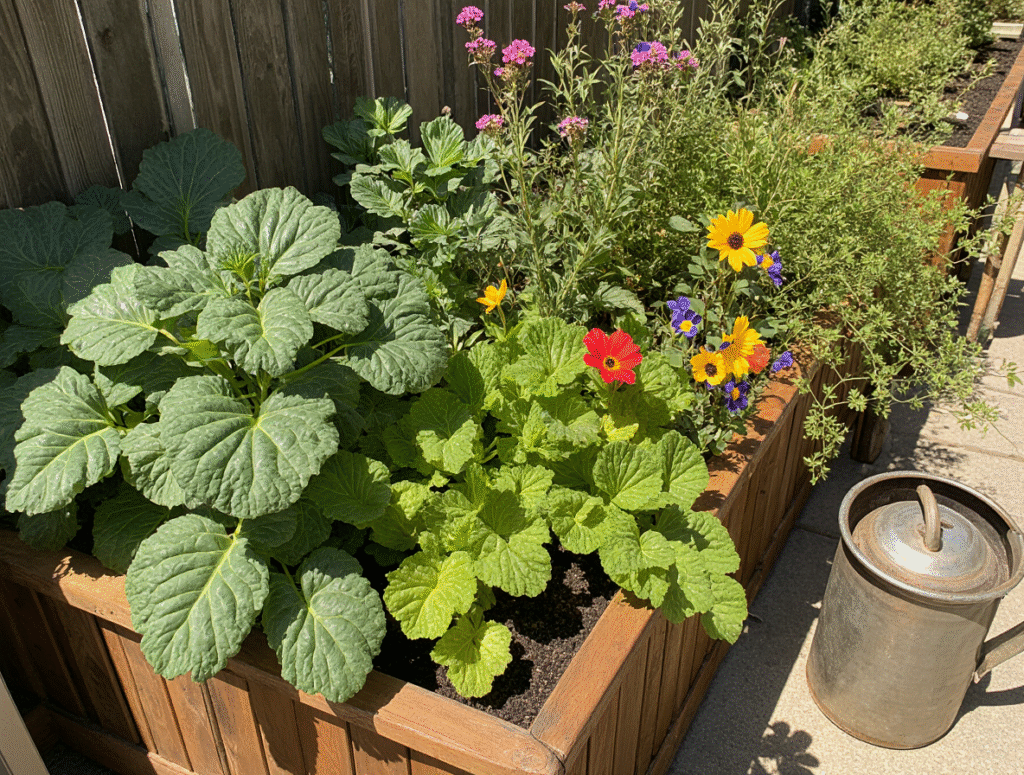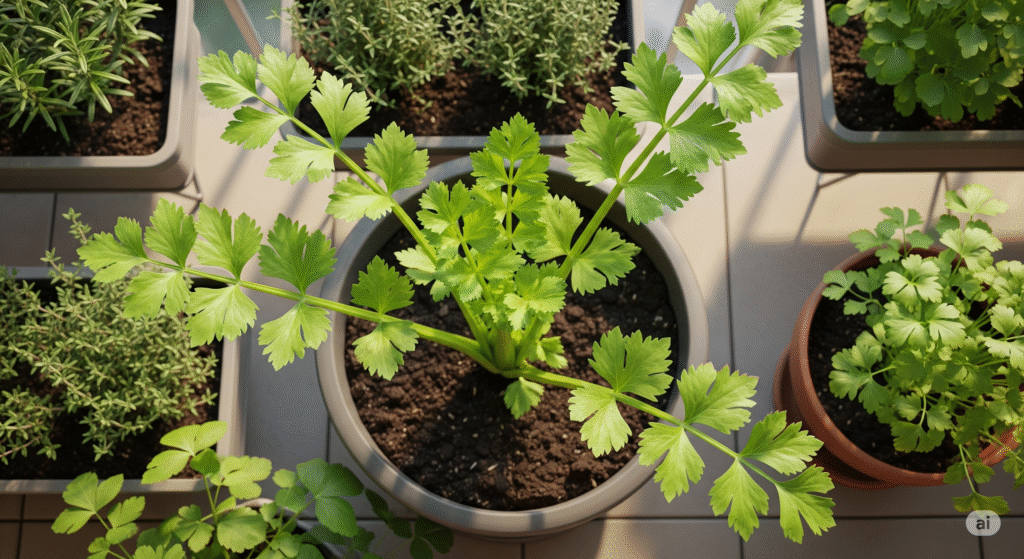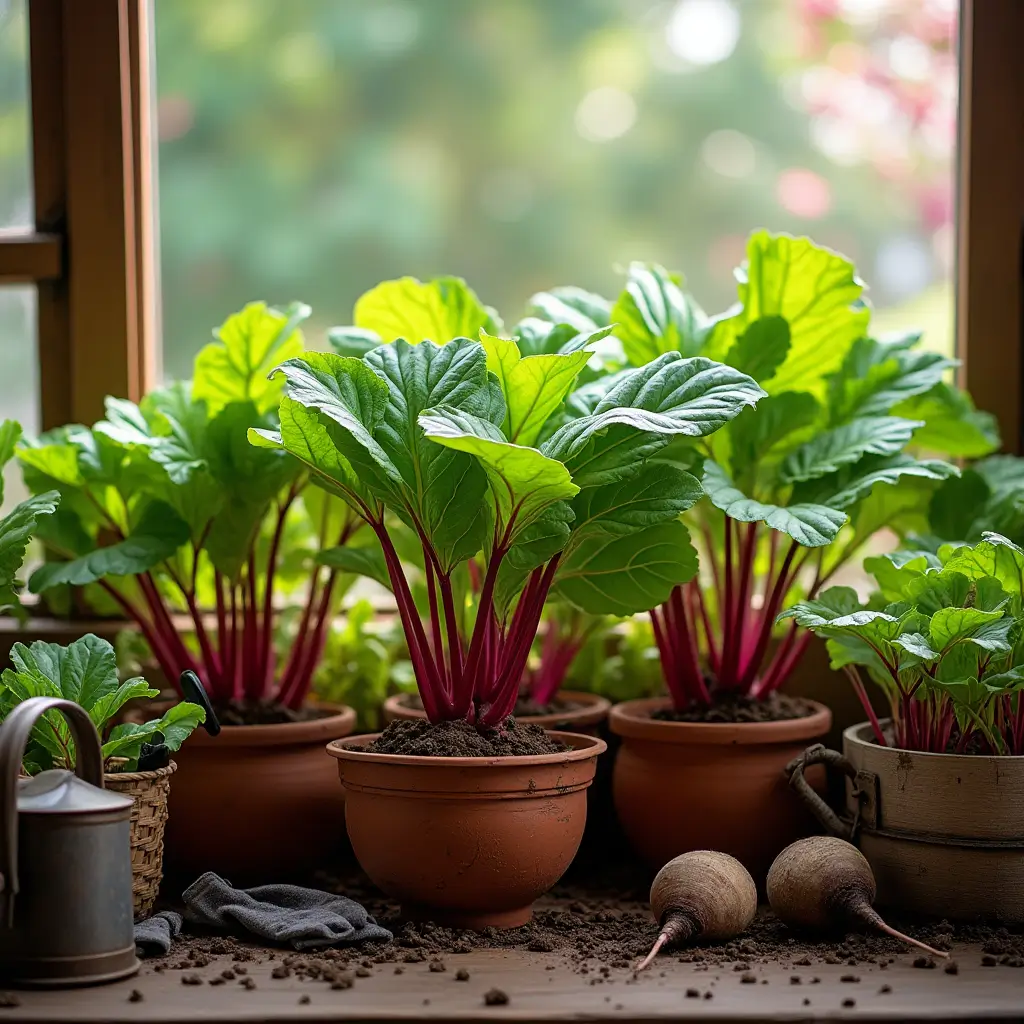
How to Grow Beets: 7 Expert Tips for a Bountiful Harvest
If you’ve ever wondered how to grow beets in small spaces like balconies or containers, you’re in the right place. Beets are not only nutritious and versatile but also surprisingly easy to grow, even if you don’t have a large garden. Whether you’re a beginner or an experienced gardener, learning how to grow beets successfully can be a rewarding experience.
In this guide, we’ll walk you through 7 expert tips for growing beets, from choosing the right variety to harvesting and storing your crop. You’ll discover how to grow beets in containers, care for them in limited spaces, and enjoy a bountiful harvest—all without needing a backyard. Let’s dive into the world of beet gardening and turn your small space into a thriving beet haven!
Why Grow Beets?
Before diving into the how-to, let’s talk about why beets deserve a spot in your garden. Beets are rich in essential nutrients like fiber, folate, and vitamin C. They’re also incredibly versatile—you can eat the roots, the greens, or even juice them for a healthy drink. Plus, they’re a cool-weather crop, making them perfect for spring and fall gardening.
Now, let’s get into the nitty-gritty of growing beets.
- Choose the Right Beet Variety
The first step in learning how to grow beets is selecting the right variety for your garden. Beets come in a range of colors, shapes, and flavors, so you’ll want to choose one that suits your climate and taste preferences.
- Red Beets: Classic and widely popular, red beets are perfect for roasting, pickling, or adding to salads.
- Golden Beets: These have a milder, sweeter flavor and won’t stain your hands or cutting board.
- Chioggia Beets: Known for their striking pink-and-white rings, these are a favorite for adding visual appeal to dishes.
- Cylindra Beets: These elongated beets are ideal for slicing and canning.
When selecting a variety, consider your local climate. Some beets thrive in cooler temperatures, while others are more heat-tolerant.
- Prepare the Soil for Success
Beets grow best in well-draining, loose soil that’s rich in organic matter. Here’s how to prepare your soil for optimal beet growth:
- Test the Soil pH: Beets prefer slightly acidic to neutral soil, with a pH between 6.0 and 7.0. You can use a soil test kit to check the pH and adjust it if necessary.
- Loosen the Soil: Beets need room to grow, so make sure the soil is loose and free of rocks or clumps. Use a garden fork or tiller to aerate the soil.
- Add Compost: Work in plenty of compost or well-rotted manure to provide the nutrients beets need to thrive.
Pro Tip: Avoid using fresh manure, as it can cause the roots to fork or become misshapen.
- Plant at the Right Time
Timing is everything when it comes to growing beets. These cool-weather crops prefer temperatures between 50°F and 65°F, making them ideal for spring and fall planting.
- Spring Planting: Sow beet seeds 2-4 weeks before the last expected frost. This gives them time to establish before the heat of summer.
- Fall Planting: Plant beets 8-10 weeks before the first expected frost for a late-season harvest.
Beets can also handle light frosts, which can even enhance their sweetness. If you live in a warmer climate, consider planting beets in partial shade to protect them from intense heat.
- Master Proper Spacing and Thinning
One of the most common mistakes when growing beets is overcrowding. Beet seeds are actually clusters of multiple seeds, so thinning is essential to give each plant enough space to grow.
- Sowing Seeds: Plant seeds about 1 inch apart and ½ inch deep. Rows should be spaced 12-18 inches apart.
- Thinning Seedlings: Once the seedlings are 2-3 inches tall, thin them to 3-4 inches apart. This ensures each beet has enough room to develop a healthy root.
Don’t toss those thinned seedlings! Beet greens are edible and make a delicious addition to salads or sautéed dishes.
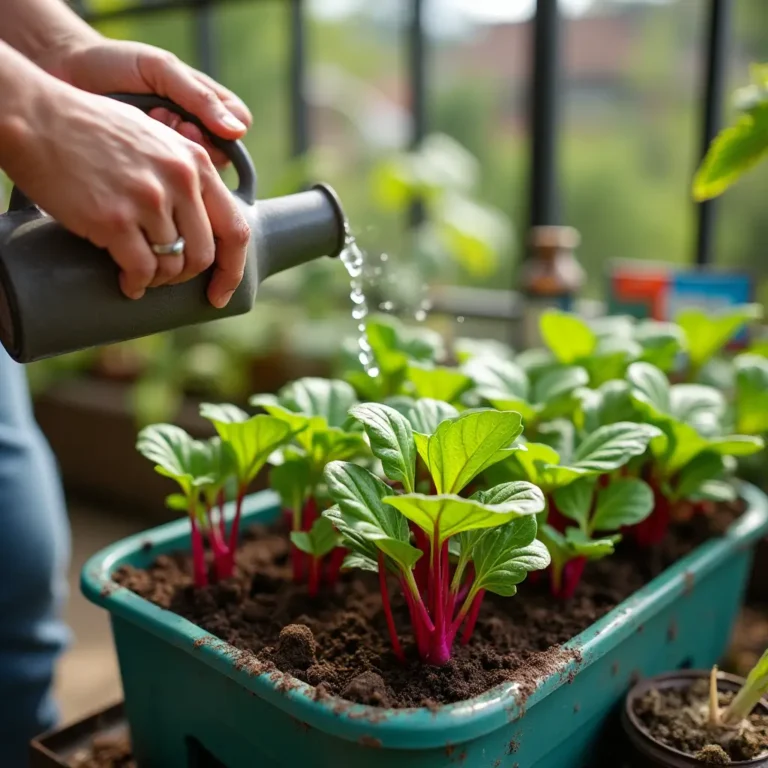
- Water and Fertilize Strategically
Consistent moisture is key to growing beets, but overwatering can lead to rot. Here’s how to strike the right balance:
- Watering: Keep the soil evenly moist, especially during the germination period. Aim for about 1 inch of water per week, either from rainfall or irrigation.
- Mulching: Apply a layer of mulch around the plants to retain moisture and regulate soil temperature.
When it comes to fertilizing, beets don’t need much if you’ve prepared the soil well. However, a balanced fertilizer (10-10-10) applied midway through the growing season can give them a boost.
- Manage Pests and Diseases
While beets are relatively low-maintenance, they can still fall victim to pests and diseases. Here’s how to protect your crop:
- Common Pests: Watch out for aphids, leaf miners, and flea beetles. Use insecticidal soap or neem oil to control infestations.
- Diseases: Beets can be affected by leaf spot, powdery mildew, and root rot. Prevent these issues by ensuring proper spacing, good air circulation, and avoiding overwatering.
- Preventative Measures: Rotate your crops each year to prevent soil-borne diseases, and remove any infected plants immediately.

- Harvest and Store Your Beets
The final step in learning how to grow beets is knowing when and how to harvest them.
- Harvesting: Beets are ready to harvest when the roots are 1-3 inches in diameter. Gently loosen the soil around the beet and pull it out by the base of the greens.
- Storing: Remove the greens (leaving about an inch of stem) and store the roots in a cool, dark place. Beets can last for several months in the refrigerator or a root cellar.
Don’t forget to enjoy the greens! They’re packed with nutrients and can be cooked like spinach or kale.
Bonus Tips for Growing Beets
- Succession Planting: To enjoy a continuous harvest, plant new beet seeds every 2-3 weeks.
- Companion Planting: Grow beets alongside plants like lettuce, onions, or garlic to maximize space and deter pests.
- Experiment with Recipes: Once you’ve harvested your beets, try roasting, pickling, or juicing them for a variety of delicious dishes.
FAQ Section: Your Beet-Growing Questions Answered
Here are answers to some of the most common questions about growing beets. Whether you’re a beginner or an experienced gardener, these FAQs will help you grow beets like a pro.
- How Long Does It Take for Beets to Grow?
Beets typically take 50 to 70 days to reach maturity, depending on the variety and growing conditions. However, you can start harvesting baby beets as early as 30 to 40 days after planting. For larger, fully mature beets, wait until the roots are 1-3 inches in diameter.
- How to Grow Beets from Seed
Growing beets from seed is straightforward:
- Prepare the Soil: Ensure the soil is loose, well-draining, and rich in organic matter.
- Sow the Seeds: Plant seeds ½ inch deep and 1 inch apart in rows spaced 12-18 inches apart.
- Water Regularly: Keep the soil moist but not waterlogged.
- Thin Seedlings: Once seedlings are 2-3 inches tall, thin them to 3-4 inches apart to allow room for growth.
Pro Tip: Beet seeds are actually seed clusters, so thinning is essential to prevent overcrowding.
- How to Grow Beetroot Without Seeds
While beets are typically grown from seeds, you can regrow beet greens from scraps:
- Save the Tops: Cut off the top 1-2 inches of a beetroot, including the greens.
- Place in Water: Put the cut side down in a shallow dish of water.
- Wait for Growth: In a few days, new greens will sprout. You can transplant these into soil if desired.
Note: This method won’t produce new beetroots but will give you a continuous supply of fresh beet greens.
- Are Beets Easy to Grow?
Yes, beets are one of the easiest vegetables to grow, making them perfect for beginners. They’re hardy, adaptable, and don’t require much maintenance. As long as you provide them with well-draining soil, consistent moisture, and proper spacing, they’ll thrive in your garden.
- What Should You Not Plant Next to Beets?
Beets are great companions for many plants, but there are a few you should avoid planting nearby:
- Pole Beans: These can inhibit beet growth due to chemical interactions.
- Mustard Greens: They can attract pests that also target beets.
- Field Mustard: This plant can stunt beet growth.
Instead, plant beets alongside lettuce, onions, garlic, or cabbage for a harmonious garden.
- Do Beets Need a Trellis?
No, beets do not need a trellis. They are root vegetables that grow underground, so they don’t require vertical support. However, if you’re growing them for their greens, you might want to provide some shade during hot weather to prevent the leaves from wilting.
- How Many Beets Do You Get from One Plant?
Each beet seed cluster typically produces one beetroot. However, since beet seeds are often sold in clusters, you may get multiple seedlings from a single planting. Thinning ensures that each beet has enough space to grow into a healthy, full-sized root.
Final Thoughts
Growing beets is a rewarding experience that yields delicious, nutrient-rich results. Whether you’re planting them from seed, experimenting with regrowing greens, or pairing them with the right companion plants, these tips and FAQs will help you succeed.
Conclusion : Start Growing Beets Today
Growing beets is a simple and satisfying way to enhance your garden and your diet. By following these seven tips, you’ll be well on your way to a bountiful beet harvest. Whether you’re a fan of their earthy flavor or their vibrant colors, beets are a must-have for any home gardener.
So, what are you waiting for? Grab your gardening tools, pick your favorite beet variety, and start planting today. Your future self (and your taste buds) will thank you!
You Might Like

